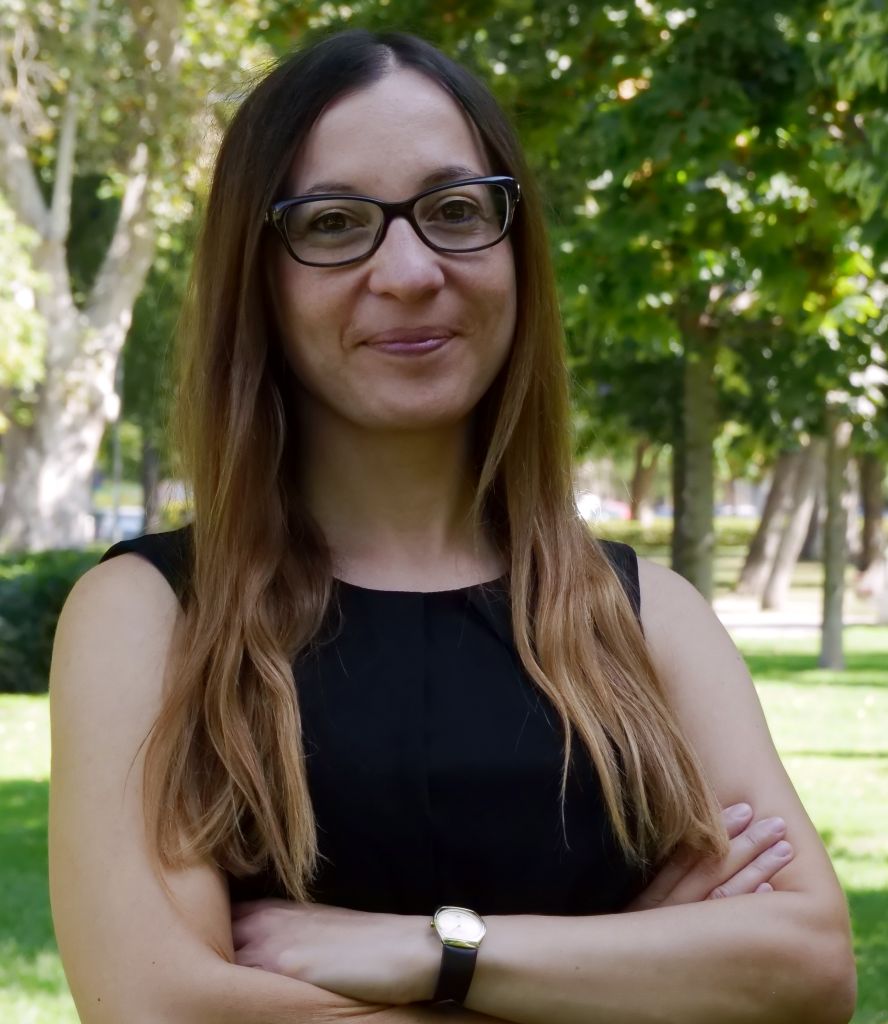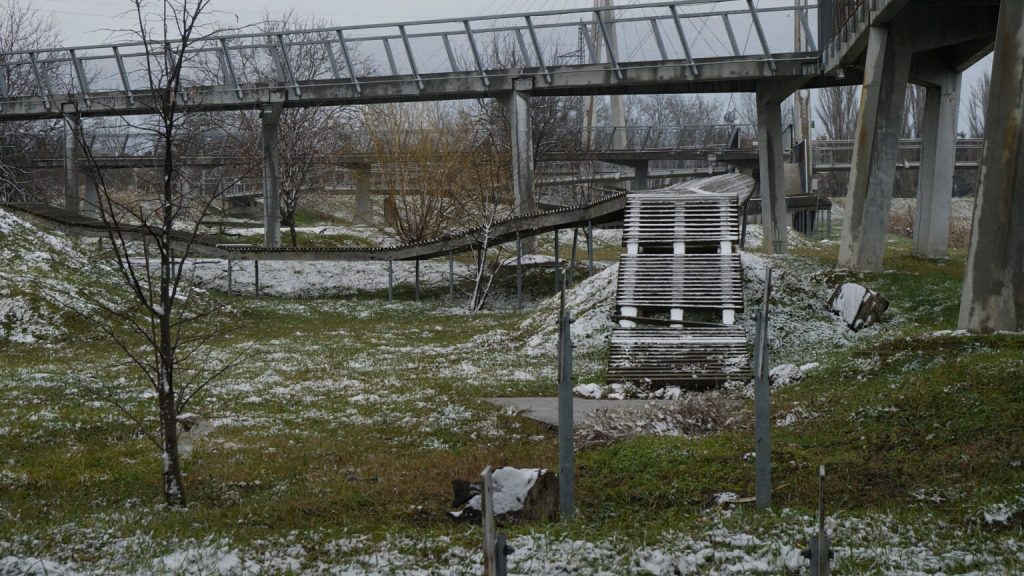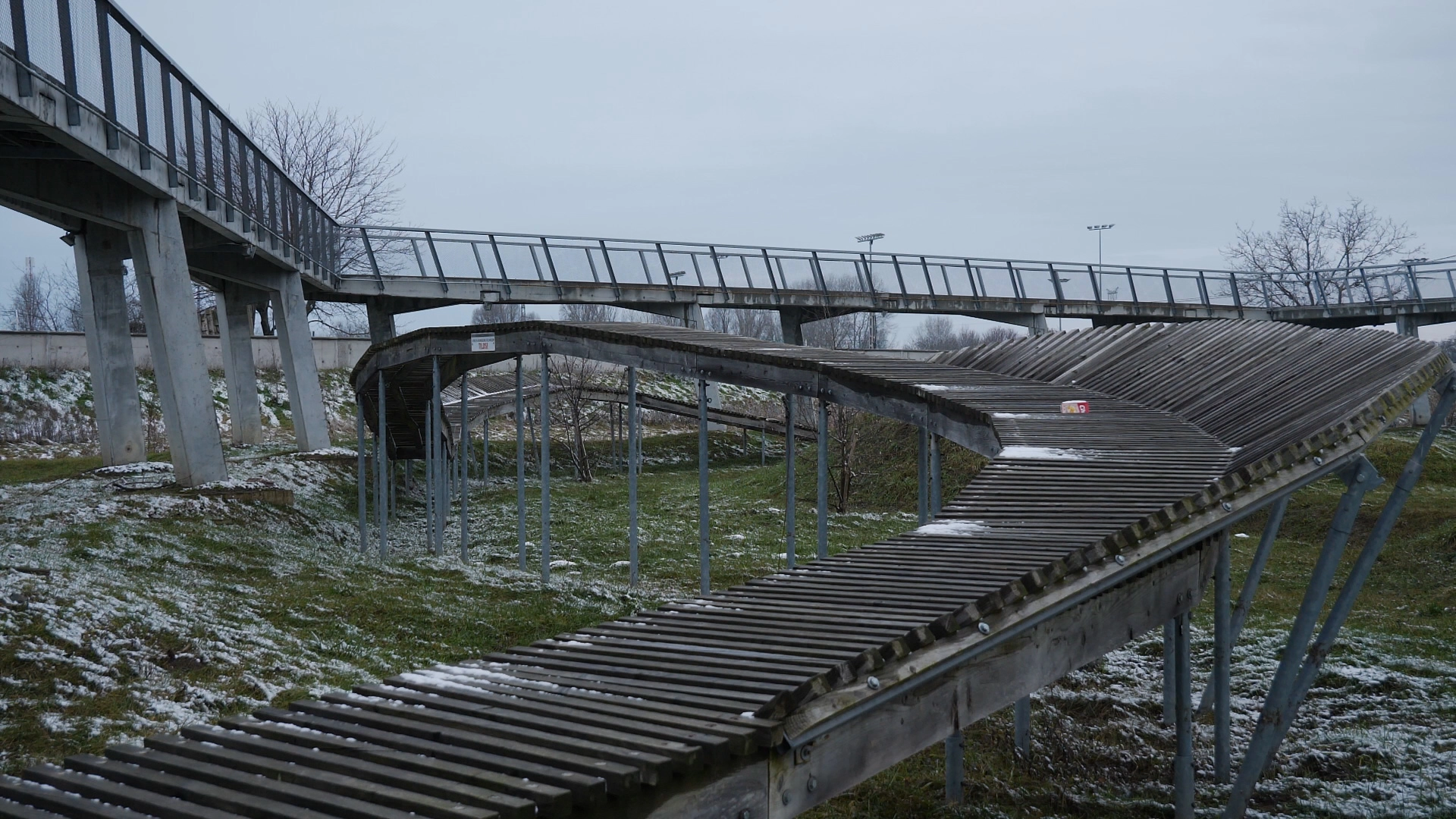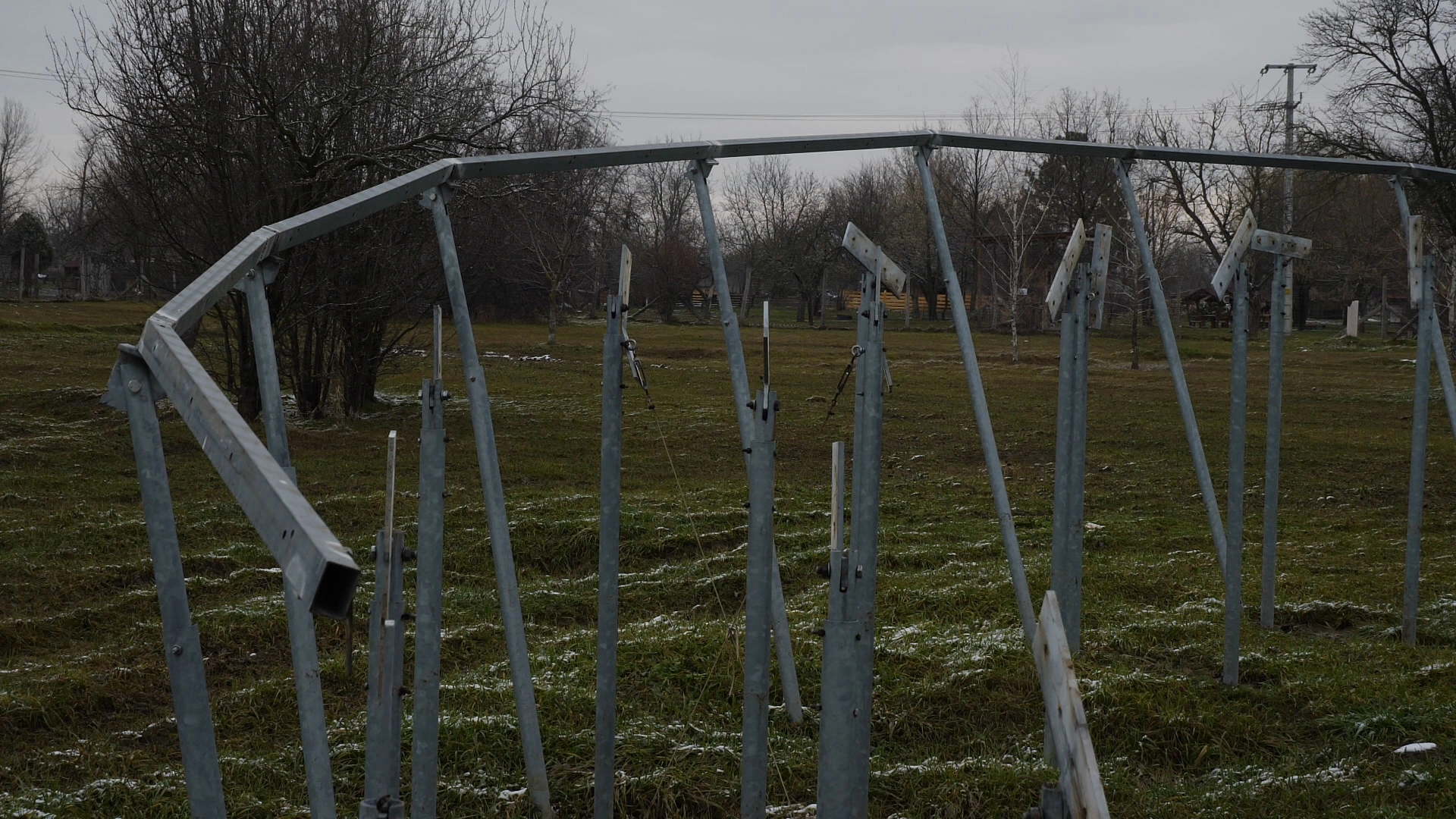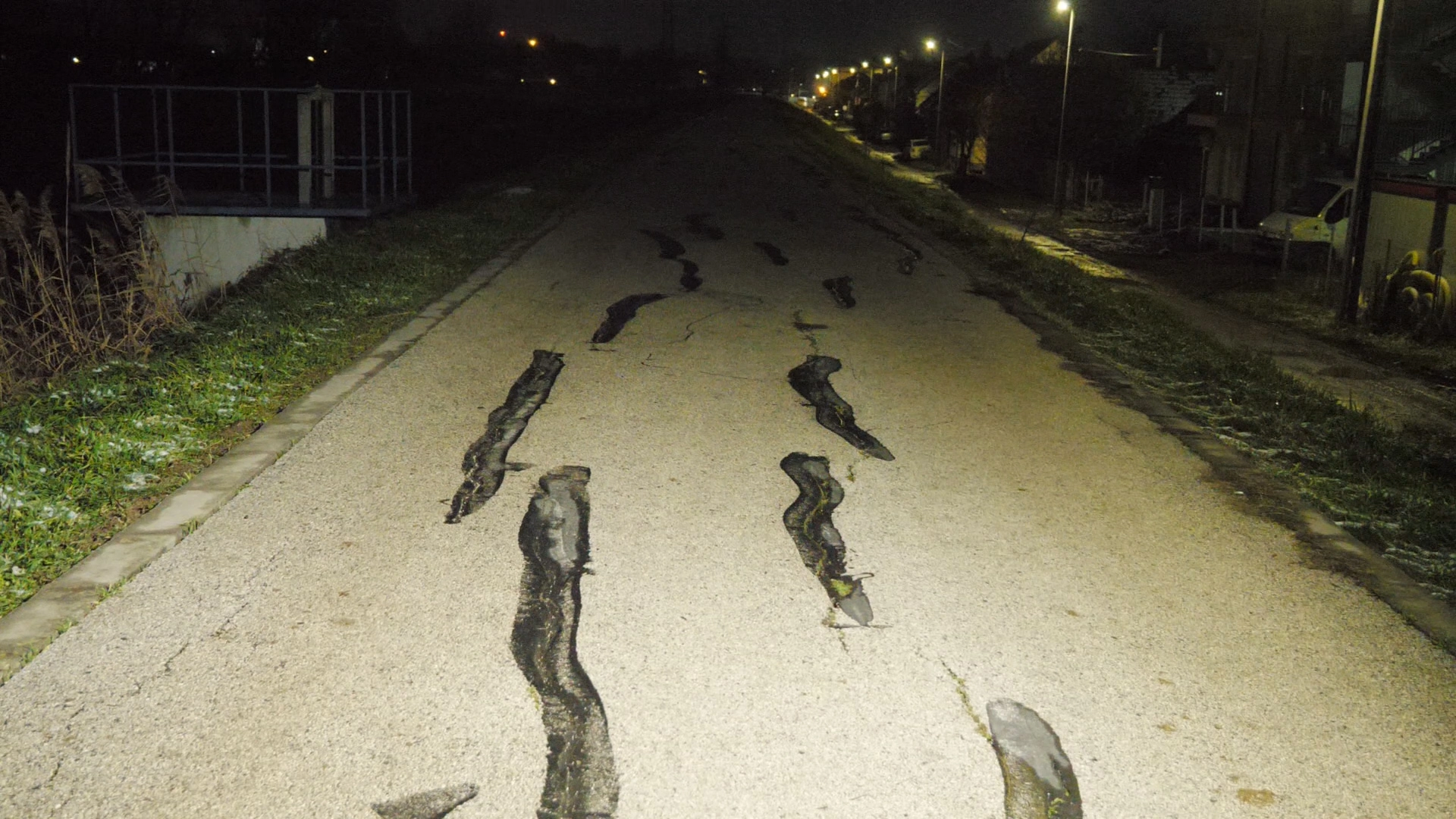The https://english.atlatszo.hu use cookies to track and profile customers such as action tags and pixel tracking on our website to assist our marketing. On our website we use technical, analytical, marketing and preference cookies. These are necessary for our site to work properly and to give us inforamation about how our site is used. See Cookies Policy
EU-funded adventure park in Hatvan to be demolished after 7 years and 55 cyclists
After six years, we returned to the banks of the Zagyva river to see what’s left of the cycling adventure park in Hatvan, which is a textbook example of the misuse of EU funds in Hungary. Last autumn, the city leaders decided to remove the remaining memento because it made no sense to keep it running. The adventure park was built with a net cost of 140 million HUF and 55 people used it during its lifetime, meaning that each cyclist cost EU taxpayers 2.5 million HUF. The maintenance period lasted until 6 July 2021, after which it was closed for another year, but in autumn 2022 it was finally shut down. The city has not even cleared away the remains, but plans are already underway for a new bike park. Video report.
When we visited the cycling adventure park in Hatvan, a town in North-Hungary, the upper starting point of the track was already blocked off. However, access is free on the unobstructed path along the river bank leading to the nearby wildlife park. Down below, you can take a good look at the state of the park.

In its seven years of existence, the bike park has seen very little use, with parts of it posing a danger even to experienced cyclists. One cyclist was seriously injured in the year it was opened. Officially, the facility was only available for use at the cyclists’ own risk, after prior registration.
EU investment, lived 7 years
Not far from the centre of Hatvan is the cycling adventure park with a promenade above it, built with a net investment of 140 million HUF. The trail was part of a complex EU project that cost a net HUF 884 million, including a bridge, cycle path and project management. The gross cost was therefore over 1 billion HUF.
The construction of the cycle park and the promenade above it was carried out by EB Hungary Invest Kft., a company that was successful in public procurement but less well known. Since then, the company has also made a profit from several other public investments worth billions.
There are easier parts of the course that can be enjoyed by amateurs, but are also quite steep. In the middle there is a jump, and the wooden slats are broken. The final section led straight into the river – where a concrete wall was built to hold back those coming at higher speeds.
The first part of the road is in relatively good condition, but in the middle there are protruding nails and broken slats. Along the road, there are several places where broken pieces of wood are lying around. Demolition is proceeding slowly, starting at the end and so far about a quarter of the road has been cleared.
The mayor wants another bike park
On the website of the municipality, we found the decision of 27 October 2022 to demolish the pitch in the minutes of the council meetings. The municipality has decided to
“close the Cycling Adventure Park from 1 November 2022 and to decide that the existing structures in the Adventure Park be demolished and the area be used for recreational purposes.”
It is clear from the document that the mayors of Hatvan are, for some reason, incurable bike park builders. The attraction that was condemned to demolition by Richárd Horváth was built under the previous mayor, but Horváth, who came to power in 2014, had it in his head that he would build a new one as soon as he had demolished the old one. The good news is that a quarter of the money would be enough this time. The bad news is that there is no EU funding for this, and the cost would be borne by the taxpayer.
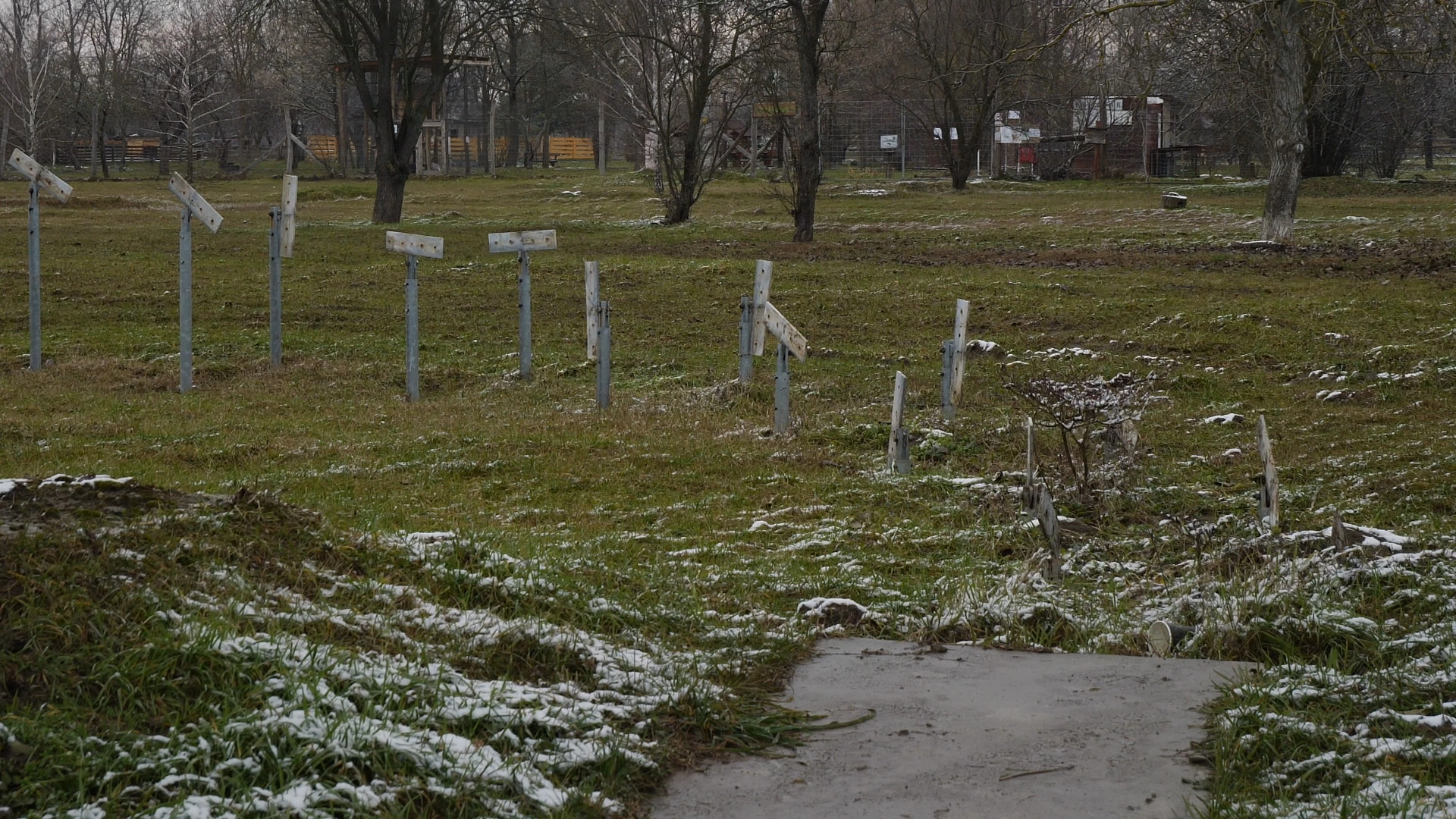
They haven’t even cleared the remains of the EU-funded bike park, but they are already planning a new one (photo: Átlátszó/Bodoky Bence)
One cyclist in four years
In a FOI request, we asked the municipality how many people have used the trail during its lifetime. The response showed that the adventure park had a total of 55 visitors. In the last four years, 2018-2022, a total of 1 (one) person used it. This cyclist rode it between June 2019 and June 2020.
The adventure park cost a net 140 million HUF and was used by 55 people during its lifetime, so one cyclist cost EU taxpayers 2.5 million HUF.
The municipality told us that the maintenance period was until 6 July 2021. They claimed that the track was still in a usable condition in the summer of 2022, but as mentioned above, given the current state of the facility, this is hard to believe.
We would have liked to interview the city’s independent mayor, Richárd Horváth, but he declined to comment on the matter.
The road to Boldog is full of cracks
The cycle track was not the only pointless part of the project. A canopy walkway was built alongside the bike park, zigzagging its way to the nearby wildlife park.
After walking across the bridge of the project, which cost a net 244 million HUF, we come to the only meaningful part of the project, the 300 million net bicycle path linking Hatvan to the village of Boldog. The Hatvan section of the cycle path was built by Duna Aszfalt at a cost of HUF 166 million net. Duna Aszfalt grew to a large size under the Orbán government. The company is owned by László Szíjj, the owner of the luxury yachts frequently used by the Hungarian government elite. The section on the Boldog side was built by another company for HUF 134 million net.
After a while, they realised that the cycle path led nowhere, a section had been missed. A new public tender was launched for its completion, which was awarded to Duna Aszfalt for a net price of HUF 147 million.
There were serious problems with the quality of the cycle path right from the start, with the reeds breaking up the road after a year. The contractor repaired more than 7 km of the 7.3 km section under warranty.
Bitumen was poured into the cracks. According to the report on the warranty repairs
“it is not impossible that the cracks will reappear after a certain period of time because it is physics”.
Duna Aszfalt was right. The vast majority of the cracks that had been filled with black material did not stand the test of time and new defects appeared. Grass can grow unhindered in these small to large gaps.
The money for the EU project was won under former Fidesz mayor Zsolt Szabó, who led the city between 2010 and 2014 and is currently a Fidesz MP for the region. Around 2017-18, the serious internal Fidesz war in Hatvan was a topic in the Hungarian press: ex-mayor Zsolt Szabó had a dispute with the new – and then Fidesz – mayor of the city, Richárd Horváth, because he had fired Szabó’s man from office. After that, Hatvan started to fail EU tenders one after the other.
Zsolt Szabó was denounced by independent opposition politician Ákos Hadházy, who said that a whole criminal organisation had been set up to steal EU funds in the electoral district. But last autumn the investigation was closed. The investigation into Zsolt Szabó’s alleged one billion forint offshore account was also suspended by the police, in five years nothing has been found.
Translated by Zita Szopkó. The original, Hungarian version of this article was written by Szilvia Zsilák and can be found here. Photos and video: Bence Bodoky.
